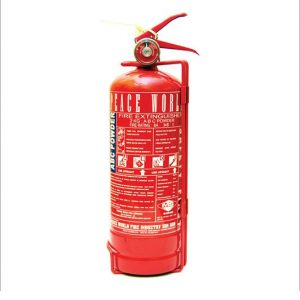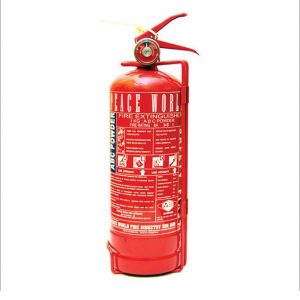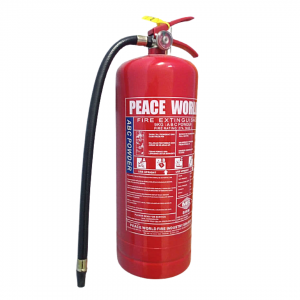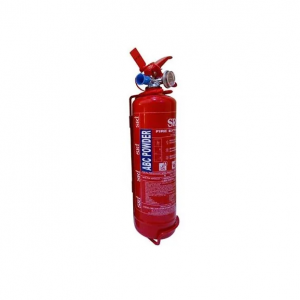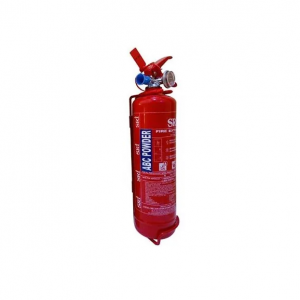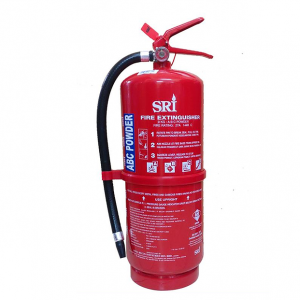Arson & How to Detect Them
A single hint can solve or prolong a case. Any crime scene necessitates meticulous investigation, but when dealing with arson, extra care must be taken. Fire investigators will evaluate the physical signs before collecting tangible evidence from the crime scene to back up their conclusions. This evidence will be sifted through with a fine-tooth comb to establish if the fire was accidental or purposeful. Specific fire patterns, accelerants, and damaged things might all be indicators of intentional arson.
WHAT IS ARSON?

Arson is the intentional lighting fire to someone else’s or one’s own property. For a fire-related occurrence to be labeled arson, all incidental causes must be ruled out – this requires solid proof that someone ignited the fire with purposeful intent. This is why arson is difficult to prove and prosecute.
NATURAL, ACCIDENTAL, NEGLIGENT, AND DELIBERATE FIRES

The four major sources of fire are natural, accidental, negligent, and purposeful.
- Natural causes are often anything related to the operations of nature, such as bushfires, lightning strikes, or volcanic eruptions.
- Accidental fires can be classified as both unintentional and negligent, depending on whether the fire was started by careless human participation or by an accidental event with no human involvement.
- Deliberate fires happen when someone starts a fire on purpose. However, not all intentional fires are termed arson. While intentional, setting fire to garden detritus may not constitute arson.
COMMON SIGN OF ARSON

- Lack of accidental causes
- A significant amount of damage
- Unusual burn patterns and high heat stress
- Signs and evidence of forced entry
- Missing valuable items
- Suspicious property owner behaving out of the ordinary
- Numerous points of origin
- Unidentifiable point of origin
- Propped windows and environmental modifications
- Familiar people present at different crime scenes
- Accelerants
- Damaged sprinkler systems
- Colour of the smoke
THE PROCESS OF A FIRE INVESTIGATION

Capturing evidence of arson is almost impossible to conserve. The fire itself will most likely destroy any potential evidence pointing to arson, and failing that, the water and chemical foam used to calm the blaze can also extinguish evidence.
The key way to gather evidence in these circumstances is the main witnesses: the firefighters that first arrive at the scene. A fire investigator will make a note to ask what the colour of the smoke is, the condition of windows and doors, damaged sprinkler systems, and if the flames are behaving differently.
The main considerations during the investigation will be finding the point of origin and any obvious physical evidence. With the help of scientific methods, arson can be established.
WHY DO PEOPLE COMMIT ARSON?
Motive is key when it comes to investigating arson. Many motive factors establish whether or not someone has committed arson and here are just a few:
- Vandalism
- Covering up another crime
- Mental illness (Pyromania a type of impulse control disorder that is characterized by being unable to resist starting fires:)
- A ploy to receive insurance money or property
- Revenge
- Politics











